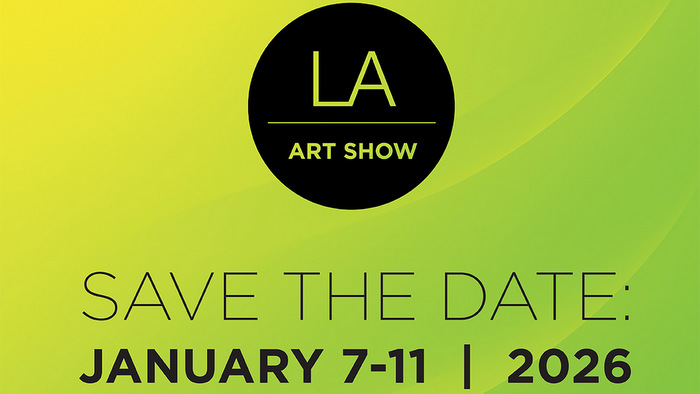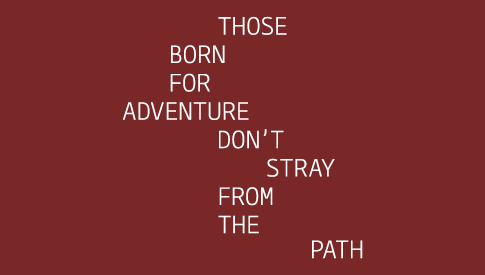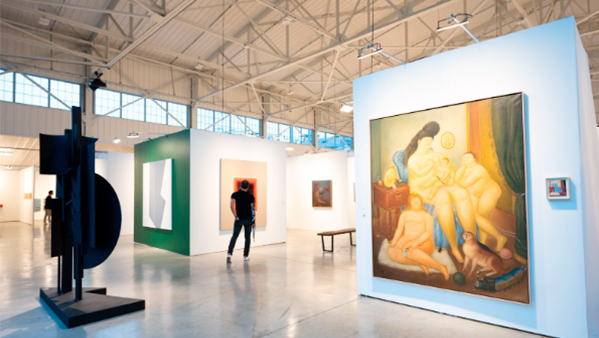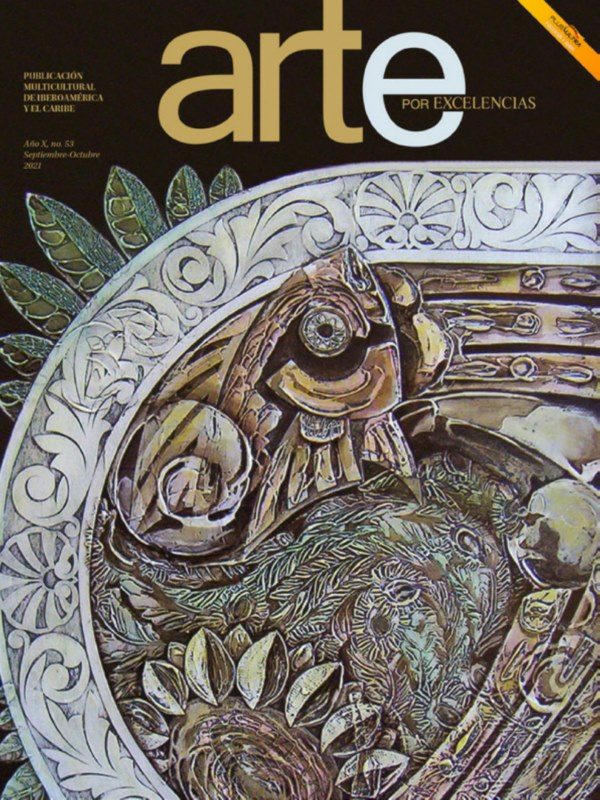A contemporary take on productions from the Videobrasil Collection, featuring 16 pieces created between 1978 and 2012 by artists from the global South. The program is divided into three sections, inspired by the selected Brazilian artworks—Affections, Times and Roads; Democracy, Document and Fiction; and Speech, Hearing and Dissent—which converse with the universe outlined by the artworks featured in the Festival. The title is a quote from a 1981 interview by the critic Mário pedrosa to artist Lygia pape, for the newspaper O Pasquim. The parallel show of the 19th Festival is curated by Diego Matos, Associação Cultural Videobrasil, Archive and Research coordinator.
Statement
In 1981, while granting an interview for the Pasquim daily, speaking to several intellectuals, artists and opinion-makers, Mário Pedrosa would hear the sentence: “Those born for adventure don’t stray from the path,” uttered by Lygia Pape, who had questioned him right at the outset. As the 1980s began, it was a time of crisis; all hope had been killed by the military regime; a trauma that reverberates until this day was made clear in Brazilian society; and the intellectual – a provocateur, professor and critic – rekindled belief in the role of the artist and public intellectual, and in the inherent connection between art and politics. From this perspective, at that historical juncture and environment in Brazil, art also seemed to revive its character of resistance in a more immediate way — and video, in all of its protean nature, was poised to play that fundamental role.
This adventure and its starting point, Brazil, in all its ambivalence, is what this show sets out to portray. It is about a gaze that imposes itself from south to north through poetical reasons, through other stories and fictions, through dissent from the normative social field, and through other places — geographically mapped, but excluded from hegemonic culture. These are stories that intertwine and reflect the boundless field of art and its currency. The device for this exercise in translation, for the time being, is the exhibition that renders visible a place of speech; it is, in itself, an adventure with historical bearings.
To demarcate this place, to lay down discourses and to dictate rhythms and tempos are the roles that specific works — akin to interludes —, by artists like Cristiano Lenhardt and João Moreira Salles, play in the open-ended narrative of this curatorship. The former situates us in a geographical place; the latter, within the sensitive place of art. Spanning the period from 1978 to 2012, 16 pieces represent 16 artists from different places and backgrounds, but this doesn’t stop them from evincing Brazil as the starting point in a cycle that doesn’t come full circle.
The Brazilian context, taken as driving axis, converges with other geopolitical references, giving rise to three exhibition sections, each with its own thematic field. The sections were named in consonance with input from the artists and artworks selected for this Festival edition, and at the same time they name the starting points of the Brazilian productions they contain, as well as the way in which they interact with such dissonant, yet closely related external contexts. They provide the direction for this constructed adventure and for many others that the public will establish. Democracy, document and fiction delivers the perspectives of Geraldo Anhaia Mello, Malek Bensmaïl, The Otolith Group and Claudia Aravena. Affections, times and roads, the second section and the show’s epicenter, features the duo Karim Ai?nouz and Marcelo Gomes, Brazil’s Marcellvs L. and Cao Guimarães, and Israel’s Nurit Sharett. In Speech, hearing and dissent, Sandra Kogut, Rita Moreira, Carlos Nader and Clive van den Berg evince the political arena of various public debates that arise in the daily processes of democratic experience. This section is also concerned with what Jacques Rancière denounces as the idea of a “hate” of democracy as it seems to fail to rise to plenitude.
The interludes are complemented by work by Gabriel Acevedo and a second piece by Lenhardt, also from the “Ao Vivo” series — once again, representing the veracity of everyday events, evidencing the false perspective of a sense of pragmatic and technical transformation. In the way of a synecdoche (the personification of the artworks and their places), here, the artworks move as the spectator walks, creating superimposed relationships. Each of the sets or neighborhoods and times contained herein builds fulls and empties, conflicts and rapprochements, reclusions and expansions.
At the end of this journey, we take permission to use Mário Pedrosa’s timeless words as he described his goals as a maker of exhibitions and a thinker in the early 1980s. As a lesson, we thus evoke two fundamental conditions for the exhibition routes founded upon the critical memory of a collection: “to show that art is not an artificial thing; that it comes from man, whatever technology it lives in. Technology prepares, but it doesn’t create anything, it didn’t yesterday and it doesn’t today.”
Paço das Artes
Av. da Universidade, 1
São Paulo, SP, Brazil
phone: +55 11 3814 4832 | 3815-4895
www.pacodasartes.org.br
visiting hours
october 9, 2015, to january 10, 2016
wed-fri, from 10am to 7pm;
sat, sun, holidays, from 11am to 6pm
Related Publications
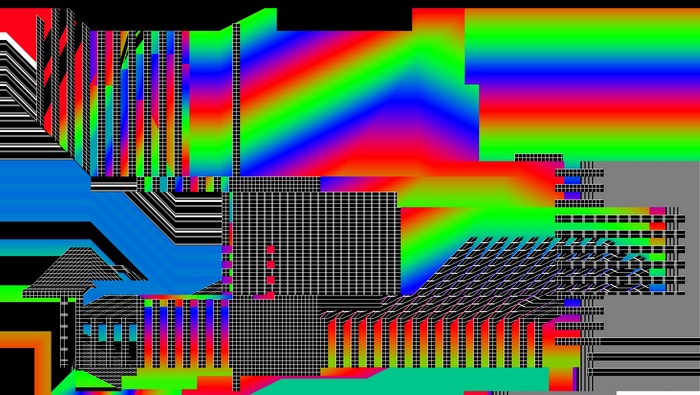
Zero 10 at Art Basel Miami Beach: A New Space for the Digital Era of Art
December 03, 2025